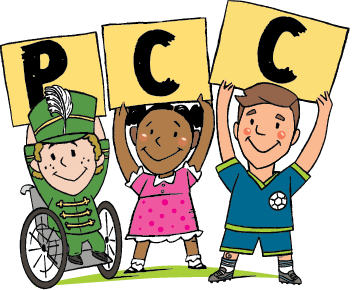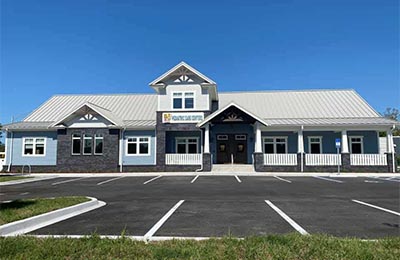Home » Common Childhood Illness FAQs » Colds
What You Should Know
Cold FAQs

For many children, common colds are a part of growing up. They pick up the virus from a school or playmates. The common cold presents itself with a runny nose, congestion, and sometimes a cough. Children will often feel like their head is filled with fluids.
Click on the questions below to learn how to tell when your child has a cold, how to alleviate the symptoms and keep them comfortable, and when you should see a pediatrician.
It’s difficult to tell whether or not your child has a cold or something more serious. To properly diagnose a common cold, it’s important to understand the symptoms and how they are caused so that you can remain calm while your child is sick.
Runny nose
This is an obvious and identifiable symptom of a cold. There are glands in the linings of your throat, nose, stomach, and intestinal tract that produce mucus. When your body identifies foreign substances or a virus, it creates more mucus than normal.
When our bodies overproduce mucus, it’s often first noticeable as a runny nose. A light, thin mucus will come out of your child’s nose and while it’s relatively harmless, children typically don’t handle it well.
Children will wipe their noses on their sleeves or sometimes not do anything at all, letting it run into their mouths and over their face. It’s important to stay on top of keeping their noses clean using soft tissues instead of abrasive cloth like clothing or washcloths since constant wiping with anything abrasive can cause irritation and a lot of discomfort.
You should also teach your children how to properly blow and wipe their noses. This will keep the infection under control and help reduce the chance for it to spread. Excess mucus beyond the runny nose can also cause issues in the throat.
Light cough/throat irritation/sore throat
When excess mucus beyond a runny nose occurs, the other direction mucus will go will be down the throat. This is also referred to as postnasal drip, which can cause a variety of throat discomforts.
In the beginning, it will lead to a slight irritation that causes a light cough. This is normally a sign that the irritation may progress and cause more discomfort to your child.
If it progresses, the increased irritation and discomfort in the throat may lead your child to complain that swallowing is difficult or painful.
If the irritation continues further, it can lead to an elevated and more consistent irritation that many know as simply a sore throat.
Sluggishness/lethargy
Another symptom of a common cold is sluggishness or your child being unusually tired or lethargic. When sluggishness is accompanied by other symptoms, letting your child rest is a great source of natural healing.
Beyond treating the symptoms, the common cold needs to run its course and can often last a week to 10 days.
You can reduce discomfort and symptoms by using over-the-counter children’s medications such as Dimetapp Children’s Cold & Allergy or Mucinex Multi-Symptom Cold, but it is imperative that you first check with your pediatrician before using any medications for your child.
The symptoms mentioned above are very common for a cold, but when it comes to the health of your child, you should always stay vigilant and watch for signs that may indicate if there is something more serious.
You should contact Pediatric Care Centers if any of these occur:
- If the symptoms last over two weeks
- Shortness of breath
- Fever or temperature over 102 degrees Fahrenheit
- Fever, Younger than 3 months – Fever over 100.4. Call immediately.
- Fever, Under 2 years – Fever lasting more than 2 days with over-the-counter medication
- Fever, Over 3 years – Fever lasting more than 3 days with over-the-counter medication
- Eye sensitivity to lights or stiffness in the neck
- Earaches
- Pressure or pain in the stomach or chest





